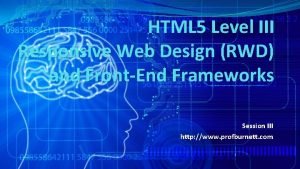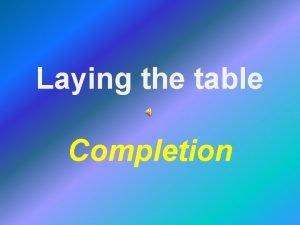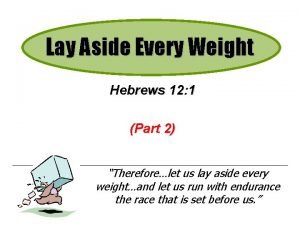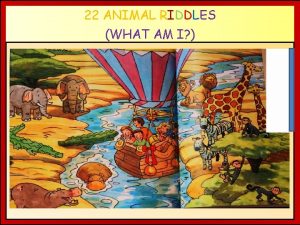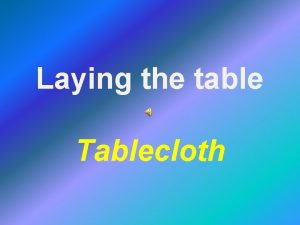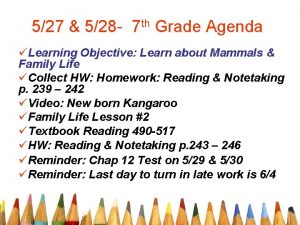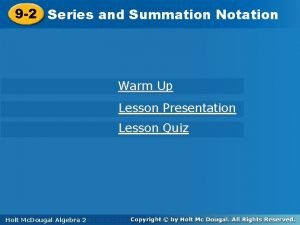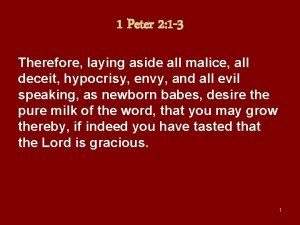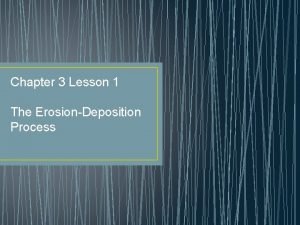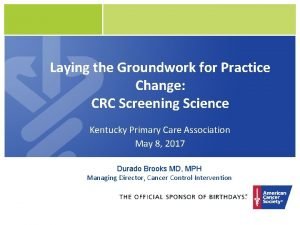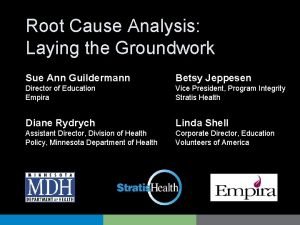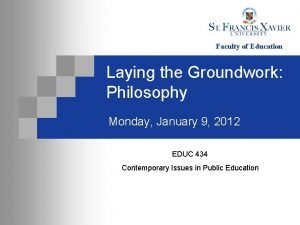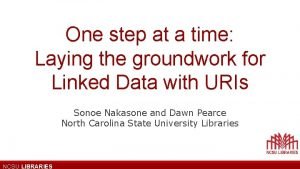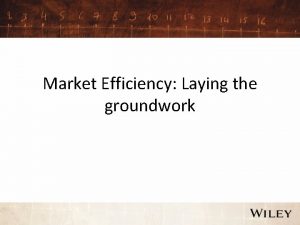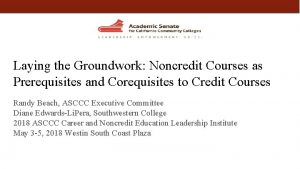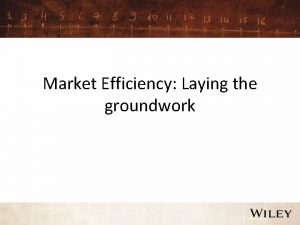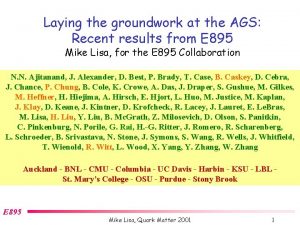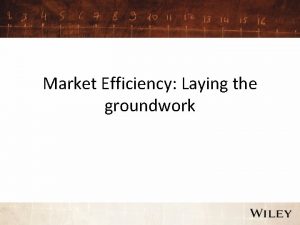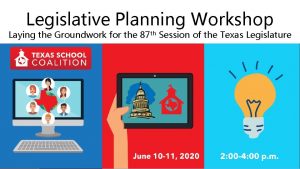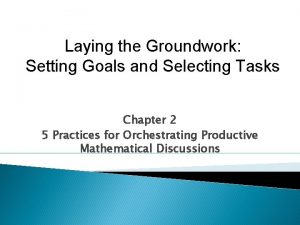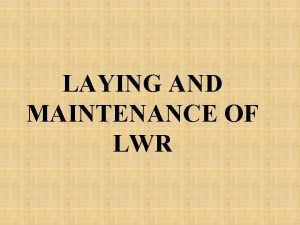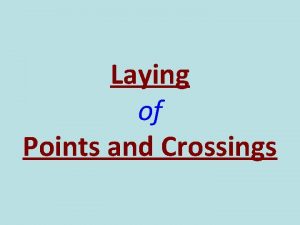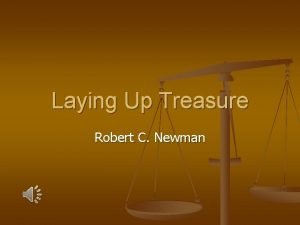Logic Models Laying the Groundwork for a Comprehensive
















- Slides: 16

Logic Models: Laying the Groundwork for a Comprehensive Evaluation Office of Special Education Programs Courtney Brown, Ph. D. Center for Evaluation & Education Policy Indiana University in collaboration with Synergy Enterprises, Inc.

Logic Models They really are important.

What is a Logic Model? • A road map to describe the sequence of related events • • • connecting the activities of the program with the desired results. A simplified picture of a program, initiative, or intervention. Shows logical relationships among the resources that are invested, the activities that take place, and the benefits or changes that result. (This is often called program theory or the program’s theory of action) It is a “plausible, sensible model of how a program is supposed to work” (Bickman, 1987).

Logic Models: Position Program for Success • Program Design and Planning – Planning tool – Examine best practice research • Program Implementation – Core of a focused management plan – Monitor and improve programming • Program Evaluation and Strategic Reporting – Inform progress toward goals – Advocate for program approach – Teach program stakeholders

Sample Logic Model Inputs - the resources invested that allow us to achieve the desired outputs. Outputs - activities conducted or products created that reach targeted participants or populations. Outputs lead to outcomes. Outcomes - changes or benefits for individuals, families, groups, businesses, organizations, and communities.

Logic Model Components

Outputs Figure

Outcomes Figure

Development of Logic Model • Determine purpose of logic model – Who will use it? For what? • Involve others • Set boundaries for logic model – Level of specificity • Understand situation • Explore research, knowledge base, what others are doing/have done

Things to consider about your program… • • • What IS your program? What does your program do? Who is served? How do they benefit? How would you know that your program is a success?

Sample Logic Model (Parent Centers)

Sample Personnel Development Program - Logic Model A blueprint to enhance understanding of the Program

Sample Technical Assistance & Dissemination Program Logic Model Goal: Improved Outcomes for Children with Disabilities and their Families

Logic Model Exercise

Developing a Logic Model: (Articulate the desired long-term outcomes and work backwards)

Activity • Start to sketch out a logic model for your project.
 Major and minor supporting details
Major and minor supporting details Main idea
Main idea Groundwork for college reading
Groundwork for college reading Groundwork css
Groundwork css Flowers laying on table
Flowers laying on table Lay off every weight
Lay off every weight Riddles animals who am i
Riddles animals who am i Laying the foundation for a quality culture
Laying the foundation for a quality culture Canyouunit
Canyouunit Laying table cloth
Laying table cloth Egg laying animals
Egg laying animals Expand each summation
Expand each summation Laying aside all malice
Laying aside all malice The laying down or settling of eroded material
The laying down or settling of eroded material Combinational logic sequential logic
Combinational logic sequential logic Combinational logic circuit vs sequential
Combinational logic circuit vs sequential Combinational logic sequential logic 차이
Combinational logic sequential logic 차이



